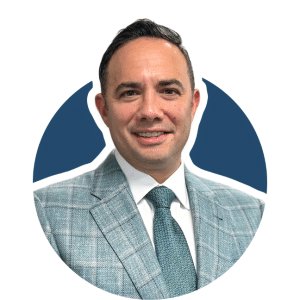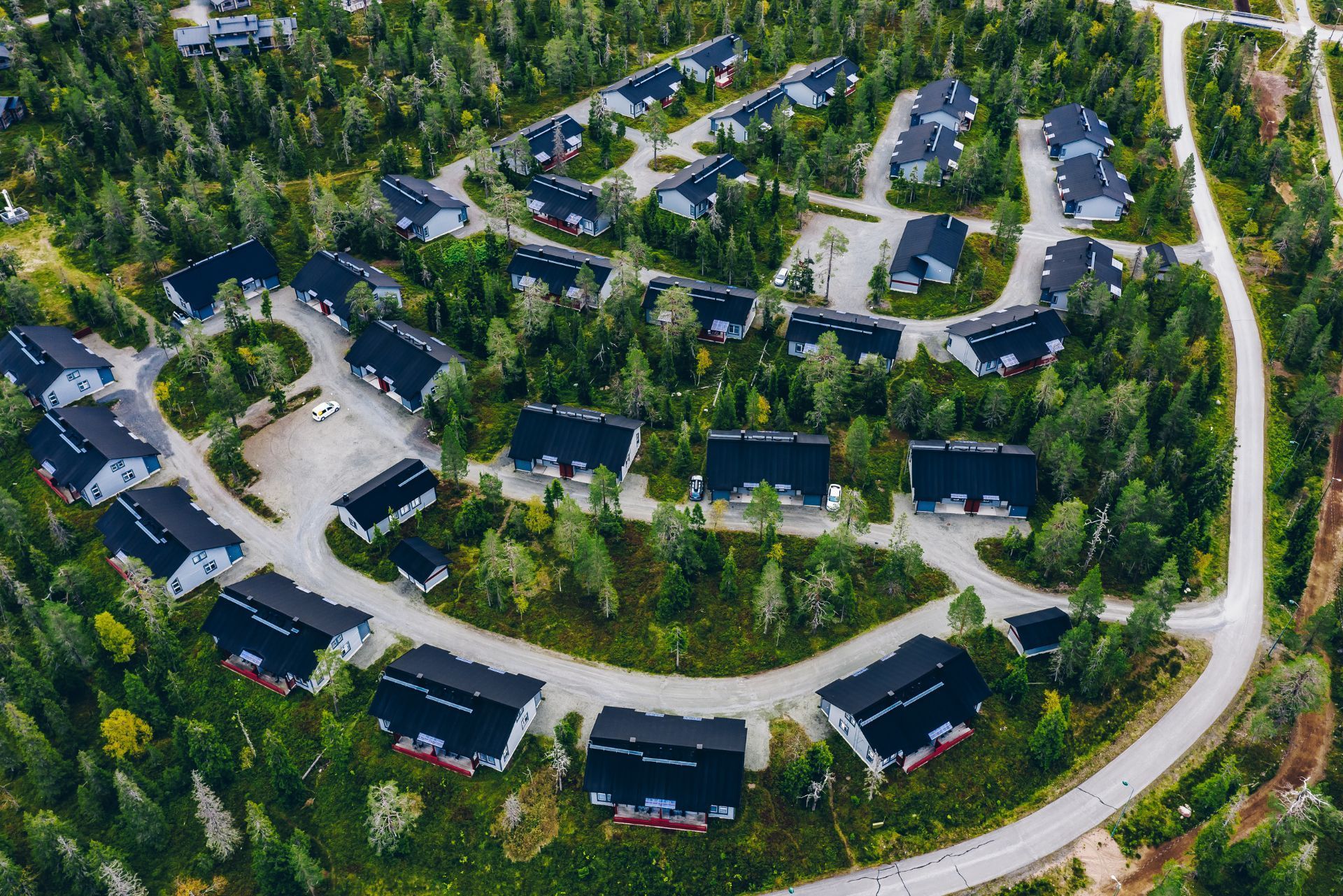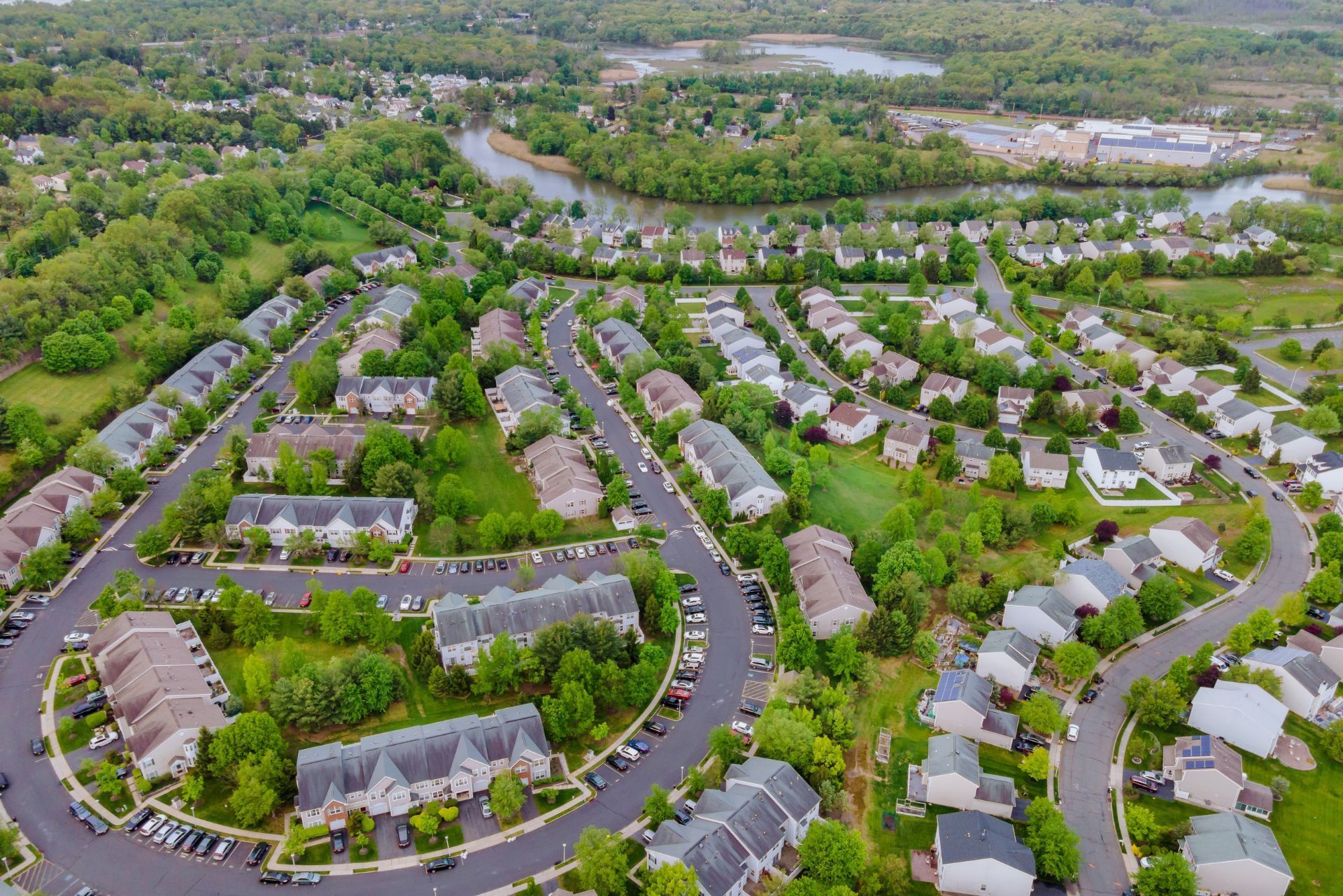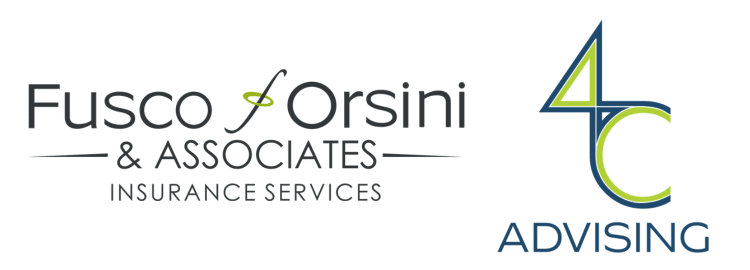Top 3 Recommended Policies

Homeowners associations (HOAs) in California are facing an unprecedented insurance crisis that is reshaping the landscape for condo owners, developers, and insurers alike. From staggering premium hikes to policy non-renewals, the challenges are complex and far-reaching. Understanding the current state of California HOA insurance is crucial for anyone involved in condo ownership or development in the state. This comprehensive guide explores the causes, impacts, and potential solutions to the ongoing insurance turmoil, supported by recent data and expert insights.
The Surge in Insurance Premiums: What’s Driving the Spike?
One of the most alarming trends for California condo associations is the dramatic increase in insurance premiums. Some associations have seen their insurance costs skyrocket by 200-500% in just one renewal cycle. This surge is not isolated but reflects a broader instability in the property insurance market across the state.
The reasons behind these premium hikes are multifaceted. Wildfires, natural disasters, and construction defect liabilities have all contributed to insurers reassessing their risk exposure and adjusting rates accordingly. For example, insurance costs for condominiums are significantly higher than for comparable rental apartments, with developers paying three to four times as much due to construction defect liabilities. These additional costs can add roughly 2 to 4 percent to a condo project's hard costs, making insurance a significant financial burden for new developments.
This volatility has left many condo associations scrambling to keep up with escalating expenses, often passing the costs on to homeowners through increased HOA fees. The situation is further complicated by insurers' reluctance to renew policies, forcing associations into a shrinking pool of coverage options that are often more expensive and less comprehensive.
In addition to the immediate financial strain, the rising premiums have broader implications for the housing market in California. As insurance becomes increasingly unaffordable, potential buyers may be deterred from purchasing condos, leading to a slowdown in sales and a potential decrease in property values. This creates a ripple effect, as lower property values can further exacerbate the financial challenges faced by condo associations, limiting their ability to fund necessary maintenance and improvements. Moreover, the uncertainty in the insurance market may also discourage new construction projects, stifling growth and innovation in the housing sector.
Furthermore, the impact of climate change cannot be understated in this equation. As extreme weather events become more frequent and severe, insurers are forced to recalibrate their risk models, which often leads to higher premiums across the board. This evolving landscape necessitates that condo associations not only navigate the current challenges but also prepare for a future where insurance costs may continue to rise. Engaging in proactive risk management strategies, such as investing in fire-resistant materials or enhancing community safety measures, may be essential for mitigating these costs and protecting the community's financial health.
For more detailed information on the premium increases and market challenges, see the
CoverageCat report on rising condo association insurance.
Non-Renewals and Market Instability: A Growing Concern
The insurance crisis extends beyond just rising premiums. Many California condo associations are receiving non-renewal notices from their current insurance carriers. This trend forces associations to seek coverage in a market with fewer willing insurers, often resulting in limited options and higher costs.
The California Department of Insurance has been actively investigating insurer practices, particularly following the devastating wildfires in 2015 and 2017. These investigations have led to more than $198 million being returned to policyholders who were underinsured, highlighting the challenges consumers face in securing adequate protection.
Joseph Thomas, a condo owner in Los Angeles, experienced firsthand the impact of this instability when his HOA’s insurance premium increased by $1,000 over eight months. This example underscores the personal financial strain that many homeowners are now enduring due to the broader market pressures. As homeowners grapple with these rising costs, many are also faced with the daunting task of navigating complex insurance policies, which can be difficult to understand without expert guidance. This complexity often leaves individuals feeling vulnerable and uncertain about their coverage, further exacerbating the anxiety surrounding homeownership in an unstable market.
These developments underscore the urgent need for coordinated efforts to stabilize the insurance market. As Pete Peterson, Dean of the Pepperdine University School of Public Policy, emphasized, moving from fragmented efforts to public-private sector solutions is essential to protect homeowners and build long-term sustainability in California's insurance market. The conversation around insurance reform is not just about policy changes; it also involves fostering a culture of preparedness among homeowners. By educating residents on risk management and encouraging proactive measures, such as fire-resistant landscaping and community-wide safety initiatives, the state can help mitigate some of the risks that lead to skyrocketing premiums.
Learn more about the insurance market challenges and expert recommendations at the
Center for California Real Estate’s expert report.

Construction Defect Liability and Its Impact on Condo Development
Construction defect liability is a significant factor driving up insurance costs for condo associations and developers. Unlike rental apartments, condominiums face higher insurance premiums because of the increased risk and potential legal liabilities associated with construction defects.
A report from the Terner Center at UC Berkeley reveals that these insurance costs add approximately 2 to 4 percent to the hard costs of condo projects. This additional expense has contributed to a dramatic decline in new condominium construction, with the number of new units in the Bay Area and Southern California dropping by 90 percent from their peak in 2005–2006.
This decline in construction not only limits housing supply but also affects the broader affordability and availability of homes in California. As insurance costs continue to rise, developers may be discouraged from undertaking new condo projects, exacerbating the state’s housing shortage.
The implications of construction defect liability extend beyond just financial burdens; they also influence the quality and safety of the buildings being constructed. Developers, wary of potential lawsuits, may opt for cheaper materials or cut corners in the construction process to mitigate their risk, which can lead to long-term issues for homeowners. This situation creates a paradox where the very measures intended to protect residents may inadvertently compromise the integrity of the homes being built.
Moreover, the legal landscape surrounding construction defect claims is complex and varies significantly from state to state. In California, for instance, the legal framework allows homeowners to pursue claims for defects that may not be immediately apparent. This has led to an environment where developers must not only contend with the financial implications of insurance but also navigate the intricate web of legal responsibilities. As a result, many developers are increasingly hesitant to enter the condo market, fearing the potential for costly litigation that could arise long after a project is completed.
For an in-depth look at the financial impacts of construction defect liability on housing development, visit the
Terner Center’s research.

Underinsurance and Consumer Protection Challenges
Underinsurance remains a critical issue for California homeowners, particularly those affected by wildfires. Between 2003 and 2024, the California Department of Insurance received 888 consumer complaints from wildfire survivors who reported being underinsured. These complaints led to over $198 million being returned to policyholders, highlighting significant gaps in coverage and consumer protection.
Underinsurance can leave homeowners vulnerable to substantial financial losses following disasters, making it essential for HOA boards and individual owners to carefully evaluate their insurance policies. Ensuring adequate coverage not only protects property values but also provides peace of mind in the face of California’s increasing natural disaster risks. Homeowners should consider not only the replacement cost of their homes but also the potential for increased rebuilding costs due to inflation and changes in building codes. This comprehensive approach can help mitigate the risks associated with underinsurance.
The California Department of Insurance continues to monitor and regulate insurer practices to improve market stability and consumer outcomes. Homeowners and associations are encouraged to stay informed about their rights and options in this evolving insurance landscape. Additionally, educational initiatives aimed at raising awareness about the importance of comprehensive insurance coverage are being implemented. These initiatives often include workshops and online resources that help homeowners understand the nuances of their policies and the critical importance of periodic reviews to adjust coverage as needed.
More details on underinsurance issues and regulatory responses can be found at the San Francisco Chronicle’s coverage.
Strategies for HOA Boards and Condo Owners
Given the current challenges, HOA boards and condo owners must adopt proactive strategies to navigate the insurance crisis effectively. First, engaging with experienced insurance brokers who understand the nuances of California’s market can help identify the best coverage options and negotiate favorable terms. These brokers can provide insights into emerging trends and potential pitfalls, ensuring that boards are well-informed and prepared to make the best decisions for their communities.
Second, maintaining transparent communication with homeowners about insurance costs and risks is vital. Educating members on why premiums are rising and how coverage works can foster understanding and support for necessary fee adjustments. Regular newsletters, town hall meetings, and informative workshops can serve as platforms for sharing this information, allowing homeowners to voice their concerns and ask questions, which can lead to a more engaged and informed community.
Third, exploring risk mitigation measures such as enhanced fire safety protocols, regular maintenance, and updated building standards can reduce insurance risks and potentially lower premiums over time. Implementing community-wide initiatives, such as fire drills or safety inspections, not only helps in risk reduction but also builds camaraderie among residents, fostering a sense of shared responsibility for the safety and well-being of the community.
Finally, advocating for policy reforms and participating in collective efforts to stabilize the market aligns with expert recommendations. Collaboration between public agencies, insurers, and community stakeholders is crucial to developing sustainable solutions that benefit all parties. By forming alliances with other HOAs and condo associations, boards can amplify their voices in legislative discussions, pushing for reforms that address the root causes of the insurance crisis and promote a more equitable insurance landscape for all homeowners.
Additionally, exploring alternative insurance models, such as mutual insurance companies or risk-sharing pools, can provide innovative solutions tailored to the unique needs of condo communities. These models often allow for more flexibility and can lead to more favorable rates, as they are designed to distribute risk more evenly among members. By staying informed about these options and actively participating in discussions around them, HOA boards can better position themselves to adapt to the evolving insurance landscape.
The Road Ahead: Building a Sustainable Insurance Future
The California HOA insurance crisis is a multifaceted problem requiring coordinated action across sectors. While the challenges are significant, there is hope in expert calls for public-private partnerships and innovative policy solutions aimed at stabilizing the market.
As Pete Peterson highlighted, moving beyond fragmented efforts to comprehensive strategies can protect homeowners, support developers, and ensure long-term sustainability. This approach involves regulatory oversight, improved risk assessment, and incentives for insurers to remain active in the market. Furthermore, the integration of technology in risk assessment processes can enhance the accuracy of insurance pricing and underwriting, allowing insurers to better understand the unique risks associated with different properties and regions.
For condo owners and associations, staying informed and engaged is essential. Monitoring market developments, understanding policy details, and participating in advocacy efforts will help navigate the evolving landscape and contribute to a more stable future. Engaging with local community meetings and forums can also provide valuable insights into how collective action can influence policy changes. By fostering a sense of community and shared responsibility, condo associations can work together to advocate for necessary reforms that benefit all stakeholders involved.
To keep abreast of ongoing developments and expert insights, consider following updates from organizations like the CoverageCat insurance analysis and the Center for California Real Estate. Additionally, engaging with insurance professionals and attending workshops can provide condo owners with the tools they need to make informed decisions about their coverage options. By fostering a proactive approach, homeowners can not only protect their investments but also contribute to a more resilient insurance landscape in California.
Contact Us
Phone
Location




